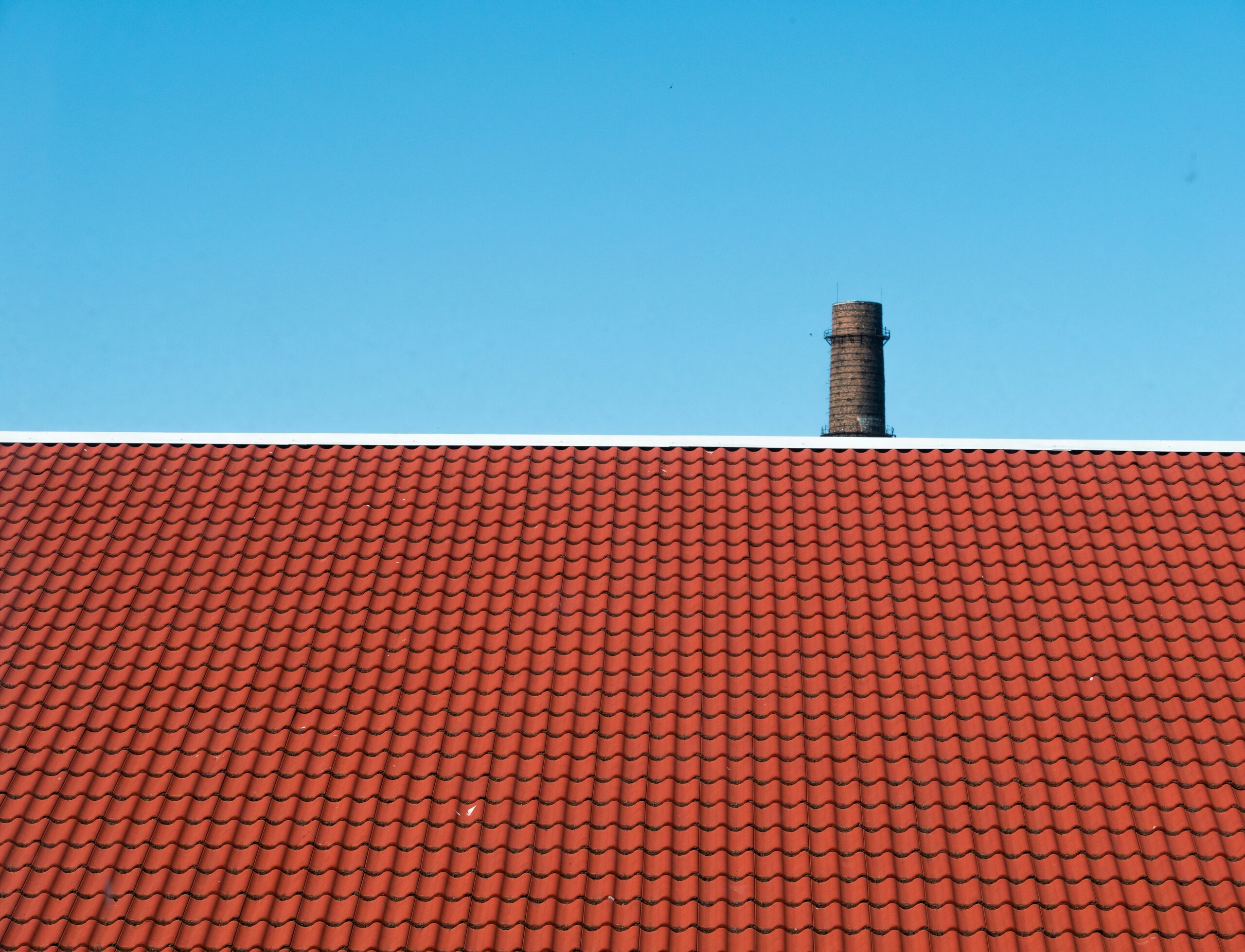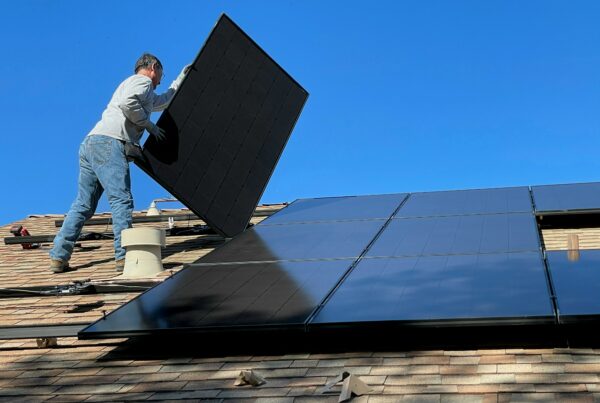Roofing systems are intricate structures that demand careful attention as they age to prevent structural issues. Contrary to common belief, it is not the age of the building itself, but rather the age of the roof that poses the primary concern for structural integrity. In fact, buildings with updated roofs exhibit significantly lower loss ratios and frequency compared to those with aging roofs.
Despite the construction materials used, roofs are constantly subjected to weather exposure, leading to erosion over time. Thus, diligent maintenance is essential to extend their lifespan and avert failures. Facilities managers must remain vigilant in monitoring roofing for potential issues to prevent costly damages.
This article delineates the causes of roofing failures, the repercussions following a failure, and strategies for identifying concerns within roofing systems.
Causes of Failures:
Numerous factors contribute to the degradation of roofing systems over time, including:
- Exposure to Elements: Roofs endure continual exposure to various elements, leading to structural weakening and accelerated aging. Factors such as heat, cold, snow, hail, and sunlight can cause blistering, cracking, and membrane failures.
- Moisture: Damp conditions resulting from rain, snow, or fog can accelerate material degradation, increasing the risk of roof leakage and vegetation growth.
- Vegetation: Uncontrolled growth of vegetation, including robust root systems and moss, can damage roofing membranes and pose safety hazards.
- Weight: Excessive weight on a roof, whether from accumulated snow or other debris, can lead to structural collapse.
- Poor Design and Installation: Inadequate design, improper slope, and substandard installation can exacerbate roofing issues, requiring costly corrections.
Risks:
Roofing failures encompass a spectrum of risks, ranging from minimal to catastrophic:
- Water Intrusion: Failure to protect against water intrusion can result in mold growth, rotting wood, electrical system damage, and foundation problems.
- Roof Collapse: Structural deficiencies, increased weight from precipitation, and inadequate drainage can lead to roof collapse, posing significant safety hazards.
Identifying Issues:
Facilities managers should remain vigilant for signs of roofing system failure, including visible damage, water spots on ceilings, blistering, displaced gravel, and ponding water.
Risk Management Actions:
To mitigate risks associated with aging roofing systems, facilities managers can implement proactive measures:
- Budgeting for Maintenance: Allocate resources for regular maintenance, repairs, and eventual replacement based on the roof’s lifespan and material.
- Snow Removal: Timely removal of snow prevents water damage and ensures the integrity of drainage systems.
- Regular Inspections: Conduct biannual inspections, utilizing drones and infrared scans for comprehensive assessment and early detection of issues.
- Routine Maintenance: Stay proactive in addressing minor issues, such as cleaning clogged drains, to prevent escalation.
By prioritizing proactive maintenance and risk management strategies, facilities managers can safeguard buildings and occupants while minimizing expenses associated with roofing failures.
For comprehensive risk management guidance, reach out to us today.
This overview serves as general information and should not be construed as legal advice. For tailored guidance, readers are encouraged to consult legal counsel or licensed insurance professionals.





